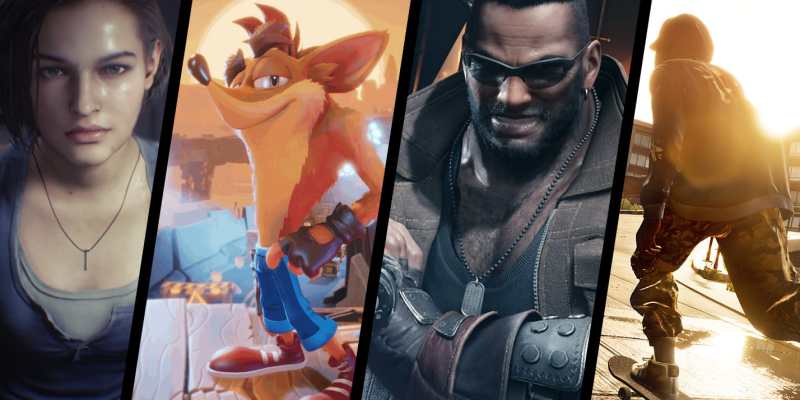Stephen King once wrote, “Sooner or later, everything old is new again.” While he was probably referring to something good and spooky, his words could very well pertain to what we see happen in video games time and time again. The ebb and flow of what’s in vogue is constantly moving, both in terms of genres (see the massive battle royale boom) and where a lot of games are pulling their inspiration from. For a prime example of this, you need only look back at the past year or two of games and see just how many iconic games, franchises, and characters from the original PlayStation have made some sort of return.
Activision has been one of the publishers at the forefront of this movement, specifically with the trio of studios in Vicarious Visions, Toys for Bob, and Beenox. Among them, we saw the revival of Crash Bandicoot in both the N. Sane Trilogy and Crash Team Racing Nitro-Fueled, the Spyro Reignited Trilogy, and most recently Tony Hawk’s Pro Skater 1 and 2. These collections took the core experiences that so many of us remember and love from the back half of the ‘90s and brought them into the present with updated visuals, enhanced mechanics, and a slew of quality-of-life changes that make them incredibly playable, even two decades after their first release. The level of bang for your buck here is something Nintendo could take a look at when it comes to how it revives things in games like Super Mario 3D All-Stars.
One exciting result of these remasters and remakes is that it led to Toys for Bob being given the keys to the kingdom, delivering Crash Bandicoot 4: It’s About Time, which truly does feel like a sequel to the original PS1 Crash trilogy. It’s almost like Activision is using these revivals as its own personal farm league, with successful developers eventually making it to the majors. If that’s the case, I’d love to see what Vicarious Visions and Beenox would do with their own new, original take on franchises like Spyro, Tony Hawk, or any number of other dormant PlayStation 1 properties that we’ll get into later.
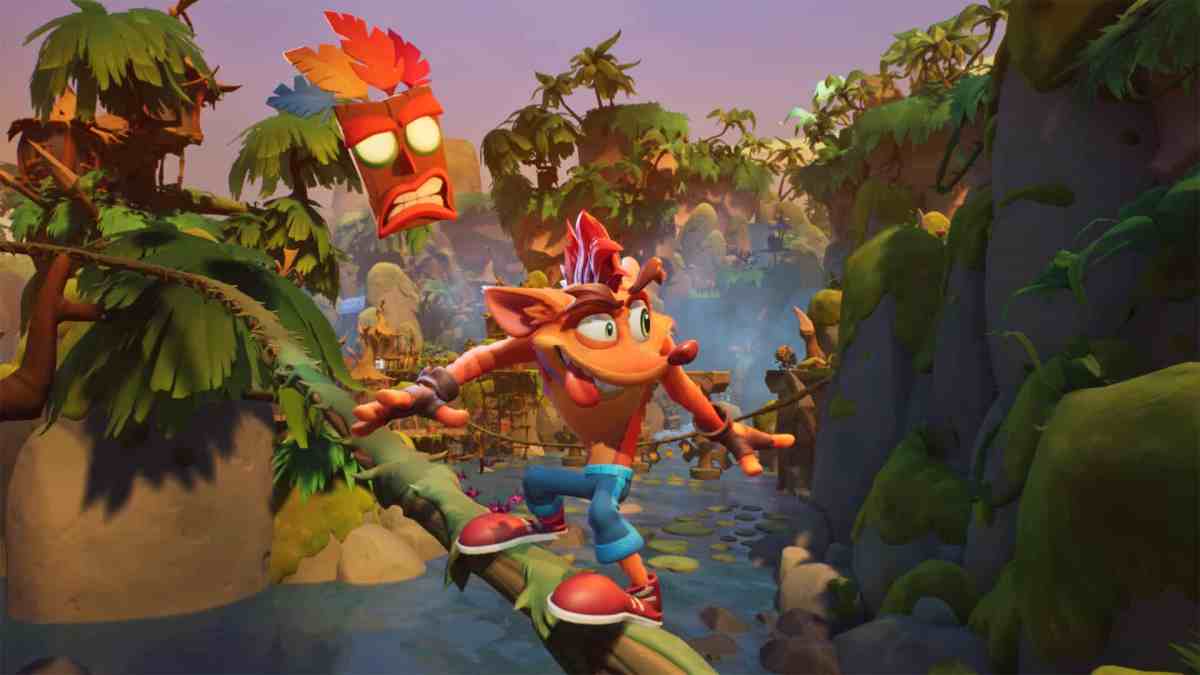
On the other side of the world, Capcom has revitalized the Resident Evil series by developing new, exciting, and very different games in VII and VIII while also bringing back the PS1 classics and giving them an adrenaline shot to the heart. 2019’s Resident Evil 2 remake took the bones of the original — newcomers Leon and Claire have to survive the night through an infected Raccoon City Police Department — and transformed it into a new and truly terrifying horror experience. It understood what made the original game so special 20 years ago and enhanced the visuals and gameplay to look and feel as good in actuality as it did in our memories. Now if only Capcom would give the same TLC to Dino Crisis — then we’d be in business.
Of course, the biggest series of the PlayStation 1 era to see a modern resurgence may be Final Fantasy in the hands of Square Enix. Not only are the PS1 trilogy of VII, VIII, and IX available on pretty much every modern console, but this year’s VII Remake has kicked off one of the most ambitious retellings we’ve ever seen in games. As I wrote about earlier this year, the way that game managed to mold its very concepts and nostalgia into something new and exciting is one of the most remarkable feats of 2020.
We’ve also seen iconic PS1 games brought back via crowdfunded spiritual successors, like Koji Igarashi’s Bloodstained and the massively successful Suikoden-like Eiyuden Chronicle: Hundred Heroes. And though it wasn’t crowdfunded, last year’s wonderful Sekiro: Shadows Die Twice felt very much like FromSoftware’s own take on the classic Tenchu series. Finally, some of Sony’s own first-party games from the PS1, like PaRappa the Rapper and MediEvil, found their way to PlayStation 4 via remasters.
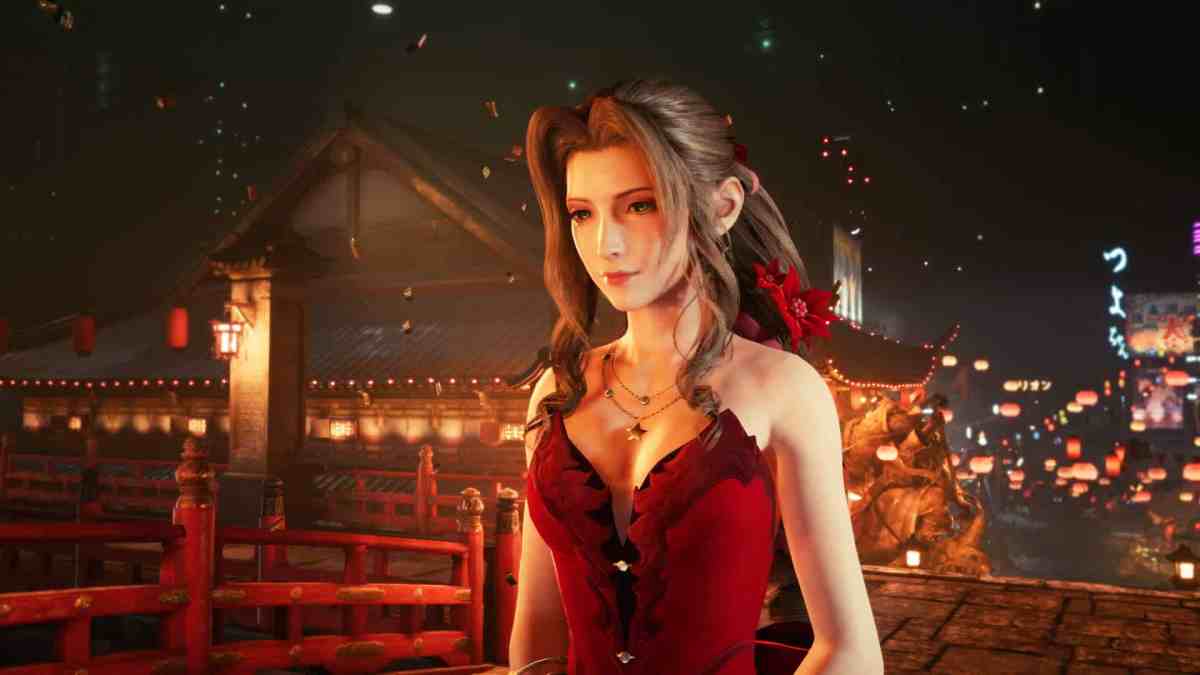
Of course, there are still plenty of white whales from the PlayStation 1 era out there waiting to be brought back. Just recently we saw Metal Gear Solid come to PC via GOG, and while it would be great to have an easy way to play it across all modern platforms, this is a nice start. Likewise, it seems like there have been constant rumors over Kojima’s classic getting a new non-Twin Snakes remake in the same vein as Bluepoint’s Demon’s Souls, but we’ll have to wait and see on that one.
Square has a slew of non-Final Fantasy PS1 classics like Xenogears, Parasite Eve, Vagrant Story, and Chrono Cross that are all ripe for revisiting. Honestly, the number of dormant franchises that began life on PlayStation 1, such as Colony Wars, Ape Escape, Legacy of Kain, Tomba!, and Mega Man Legends, would be enough to keep Vicarious Visions, Beenox, and Toys for Bob busy for the next couple decades.
So with all of this in mind, why is it that this slice of gaming past is seeing such a resurgence? Well, a big reason that this is all happening now seems to be that the PS1 era is old enough to evoke deep nostalgia in an audience with disposable income, while also being recent enough to where the core structure of the games is familiar to those we have today. It’s pretty easy to take a look at any major PS1 game and imagine how a new coat of paint, updated mechanics, and modern sensibilities could make it feel brand new. Also, you need only look at the PS1 controller’s DualShock revision that came halfway through the console’s life in 1997 to see how it laid the fundamental groundwork for how we play games today.
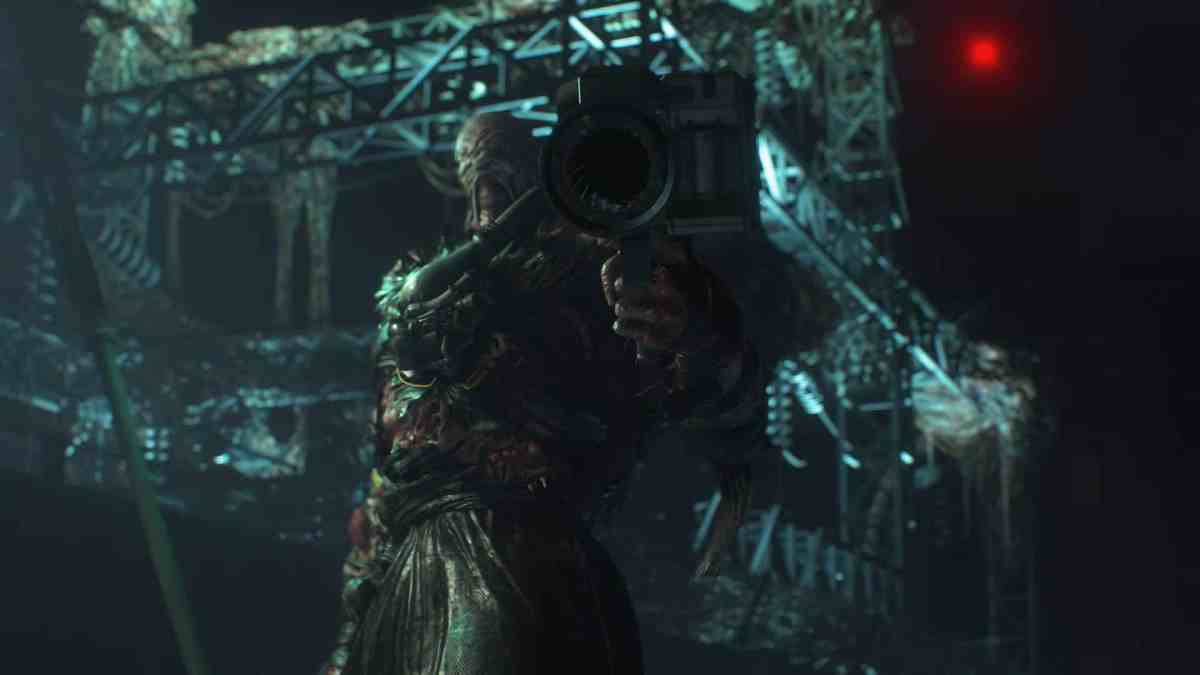
This certainly isn’t the first time that the video game industry has seen a renaissance of old design styles. Successful indies like Shovel Knight, Stardew Valley, Undertale, and many others used a potent blend of 8- and 16-bit sound, visuals, and mechanics to create simple but substantial experiences. Of course, part of this was due to the fact that a small budget can go much further on a simple 2D game than a sprawling 3D one.
However, it’s also because consoles like the NES, Sega Genesis, and SNES were the consoles that so many of these developers grew up with — and in turn were influenced by from an early age. With the PlayStation 1 era now being over two decades ago, we’re seeing a whole new crop of developers who grew up on those games, and it’s just a matter of time until the goalpost moves yet again and we have games from the generation who grew up with Minecraft.
While it’s fantastic to have all of these iconic PS1 games brought back to life in new and exciting ways, their existence also highlights just how much Sony has been dropping the ball when it comes to preserving its own gaming legacy. 2018’s PlayStation Classic, clearly Sony’s response to the success Nintendo saw with its own NES and SNES Classics, was a great idea on paper. But it ultimately stumbled in execution. The game lineup was incredibly lacking, the emulation was poor, and the entire package just felt cheap and slapped together.
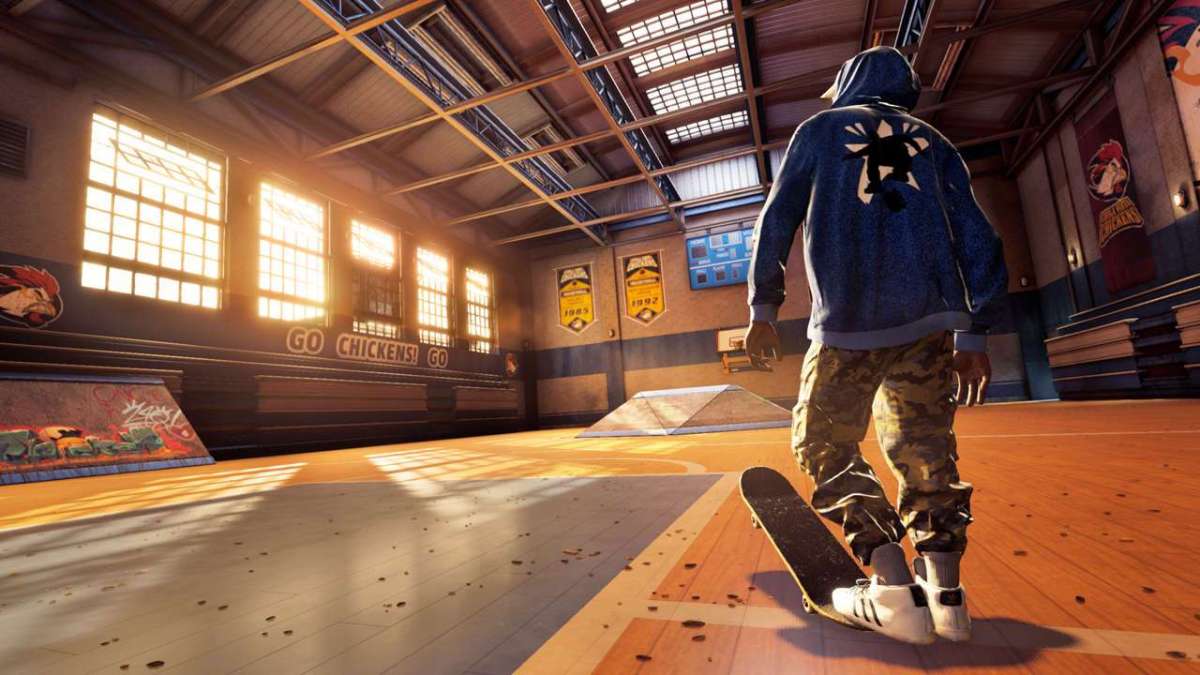
Furthermore, while PlayStation 5 promises to be backwards compatible with 99% of PS4 games, we’re forced to rely on the scant library of PS Now, the small amount of classic games available digitally on PlayStation 4, or keeping our legacy hardware around in order to experience Sony’s history. This is in stark contrast to the work Microsoft has done in ensuring that players can revisit so much of its own video game history from the past four console generations.
But as it stands, I’m really happy that the revolutionary library of the PlayStation 1 is seeing a resurgence of love and admiration in 2020. While it would be great to be able to access the original, non-updated games in an easier way, it’s ultimately good that newcomers are able to experience some of these special titles for the first time, while those of us who’ve been there since the beginning can take wonderful trips down memory lane and trace the origins of today’s biggest games.
